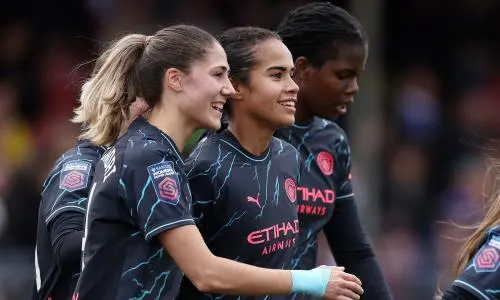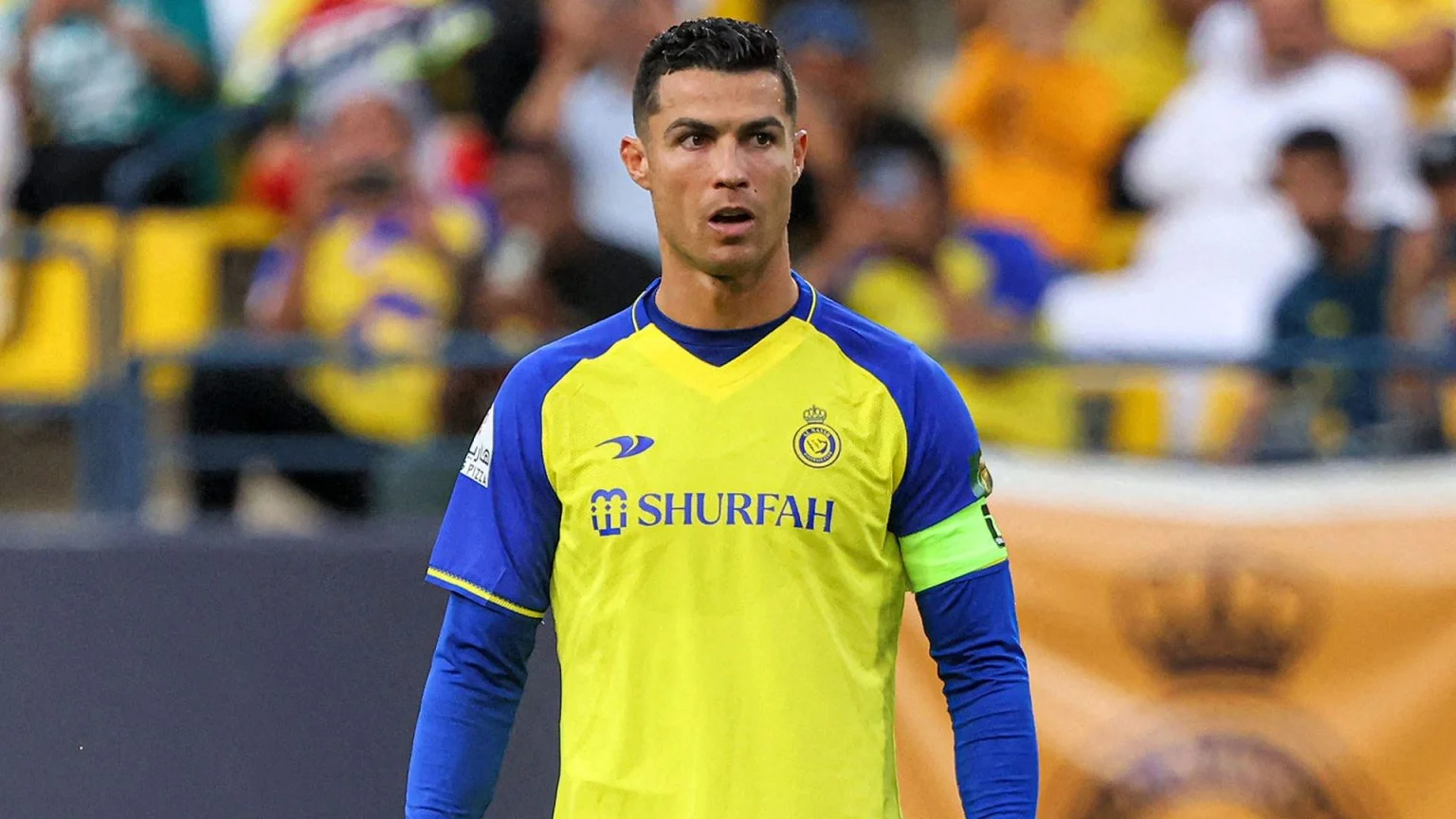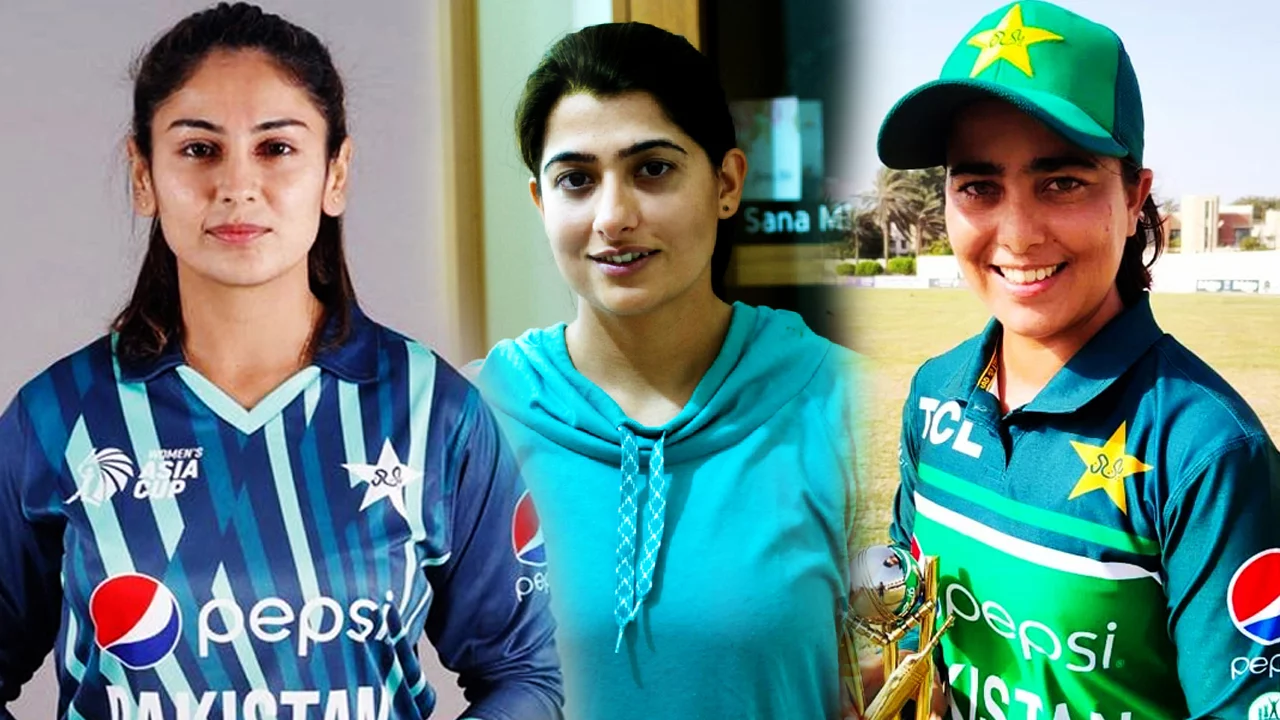Football, often regarded as the world’s most beloved sport, is not only a game but also a powerful cultural phenomenon that unites people across nations, languages, and backgrounds. However, beneath the surface of this unifying force lies a troubling reality: the cultural division of football fans, which often serves as a tool for exploitation rather than celebration. This article delves into how such divisions are perpetuated and who benefits from them.
The Rise of Tribalism in Football: Football fandom has evolved into a complex ecosystem of rivalries, loyalties, and identities. Supporters identify not only with their teams but also with the culture, history, and values associated with them. This sense of belonging creates a strong bond among fans, but it also fosters tribalism and division, particularly when rivalry spills over into animosity and hostility.
Exploiting Divisions for Profit: Commercial interests, from clubs to sponsors to media outlets, have long recognized the profitability of exploiting these divisions. They capitalize on rivalries to boost ticket sales, merchandise revenue, and TV ratings. Moreover, they perpetuate narratives that reinforce stereotypes and deepen the divide between fan bases, all in the name of profit.
Media Sensationalism and Fan Polarization: In today’s digital age, social media platforms and sensationalist journalism exacerbate fan polarization. Clickbait headlines and inflammatory content thrive on stirring up emotions and amplifying tribalistic tendencies. As a result, reasoned discourse gives way to vitriolic exchanges, further entrenching divisions within football communities.
The Role of Identity Politics: Beyond the realm of sports, football fandom intersects with broader socio-political issues, including identity politics. Ethnicity, nationality, religion, and socioeconomic status can all influence the way fans perceive themselves and others within the footballing world. Unfortunately, these identities are sometimes weaponized to deepen divisions and sow discord for political gain.
Countering Exploitation Through Unity: Despite these challenges, there are signs of hope. Many football fans recognize the importance of unity and solidarity in the face of exploitation. Grassroots initiatives, fan-led campaigns, and supporter groups work tirelessly to promote inclusivity, diversity, and mutual respect within football communities. By fostering dialogue and understanding, they challenge the narrative of division and strive to reclaim the true spirit of the beautiful game.
Conclusion: The cultural division of football fans serves as a convenient tool for exploitation by those seeking to profit or further their own agendas. However, beneath the surface of rivalry and animosity lies a shared love for the game and a potential for unity. By acknowledging our differences while celebrating our common passion, football fans can resist exploitation and build a more inclusive and equitable sporting culture for generations to come.




13 thoughts on “The Cultural Division of Football Fans: A Tool for Exploitation”
Comments are closed.